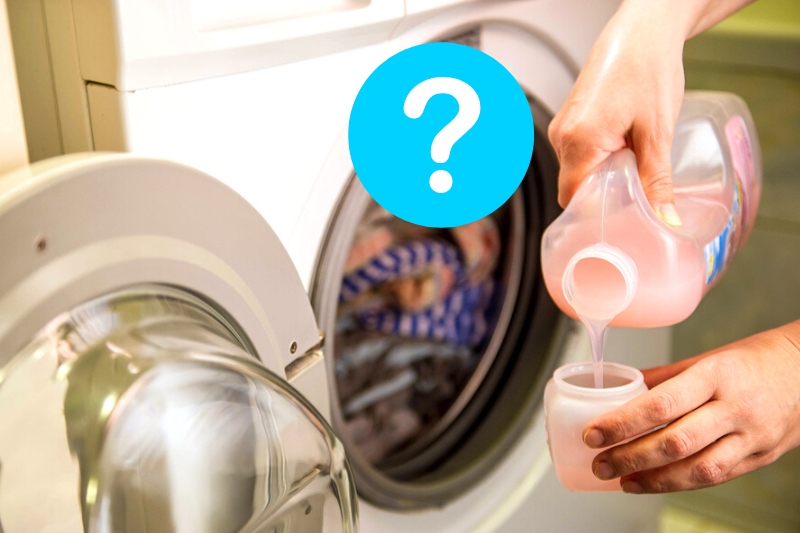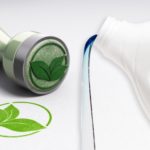Many people use fabric softener when doing their laundry to help soften materials and reduce wrinkling.
Fabric softener also helps to extend the lifespan of your garments by lowering friction between fibres and decreasing static cling.
Most front-loading washing machines and many top-loaders have dispensers that make using fabric softener when doing your laundry straightforward.
Simply put the recommended amount into the dispenser before the cycle begins, and your appliance releases it into the drum at the most appropriate point of the wash cycle.
However, some top-loading models lack dispensers. Unfortunately, knowing when to add fabric softener if there’s no dispenser is a little more complicated. But don’t worry! We’ve written this quick guide so that you reap the rewards of using fabric softener for your next laundry cycle.
When Should Fabric Softener Be Added to a Wash?
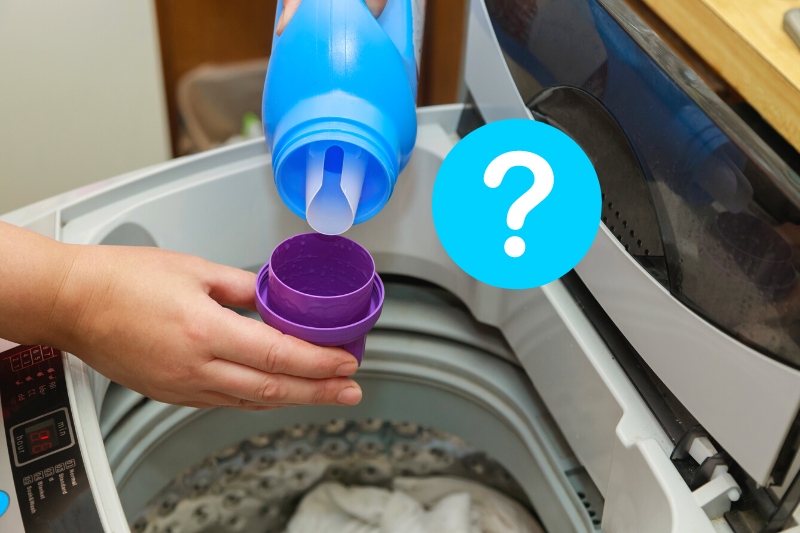
Fabric softeners must be added to the cycle at the right time to be effective. In washing machines with dispensers, fabric softener is released directly into the drum after the washing cycle but before the rinse cycle.
If you don’t have a dispenser, you should add fabric softener at this point (after the washing cycle but before the rinse cycle).
This is important because adding it too early or too late both cause issues.
Adding fabric softener too early
If you pour fabric softener into your machine before the washing cycle has finished, the chemical residue will be washed away.
These chemicals are what cause fabric softener to deliver its benefits. Therefore, it won’t be effective in softening your garments, preventing wrinkling, and reducing static cling when added too early on.
Adding fabric softener too late
In comparison, adding fabric softener after the rinse cycle means it will remain on your garments.
Fabric softener is designed to be rinsed off, similar to how we use conditioner when washing our hair.
Therefore, adding it after the rinse cycle can leave behind an oily residue on your clothes that can be difficult to remove and could irritate your skin.
Some pre-programmed wash settings have more than one rinse cycle. These cycles are designed for heavily soiled clothes, the extra rinse helping to wash out as much dirt as possible.
Fabric softener should be added after the first rinse cycle but before the second rinse for these wash programs.
How Do You Know When to Add Fabric Softener?
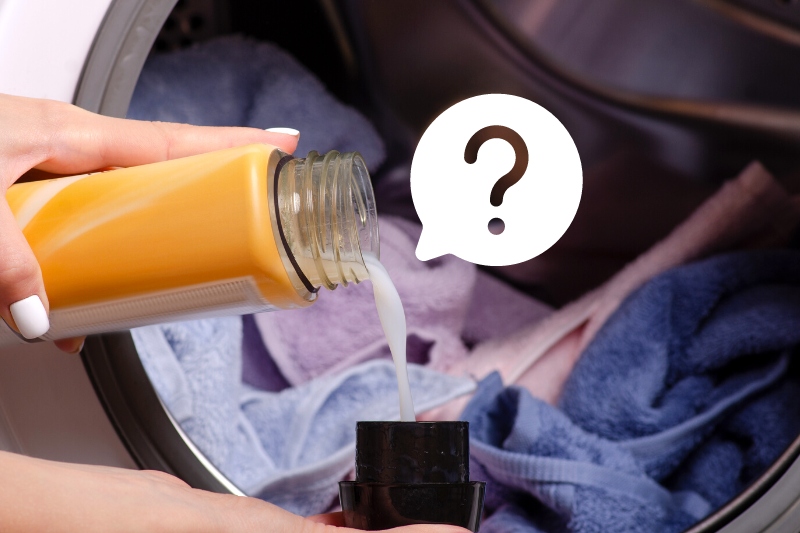
The rinse cycle happens immediately after the wash cycle has drained and spinned. In washing machines without a built-in dispenser, you must identify when the wash cycle has finished and the rinse cycle has started to ensure you add fabric softener at the correct point.
Thankfully, you can tell the cycle stage by looking at the display screen on your appliance. The stage of the cycle is depicted by symbols.
Common rinse cycle symbols are a basin with a jet of water or a tub of still water with several dots inside.
If in doubt, we recommend checking the instruction manual for your machine or looking for a list of symbols on the manufacturer’s website.
You can also use the time to determine at what point your machine will enter its rinse cycle. However, the length of a laundry cycle can vary substantially between brands.
Washing times also depend on the wash program chosen, from quick wash cycles to longer programs with pre-wash settings. Refer to the instruction manual for a breakdown of the cycle lengths for your appliance.
Where Do I Put Fabric Softener If There Is No Dispenser?
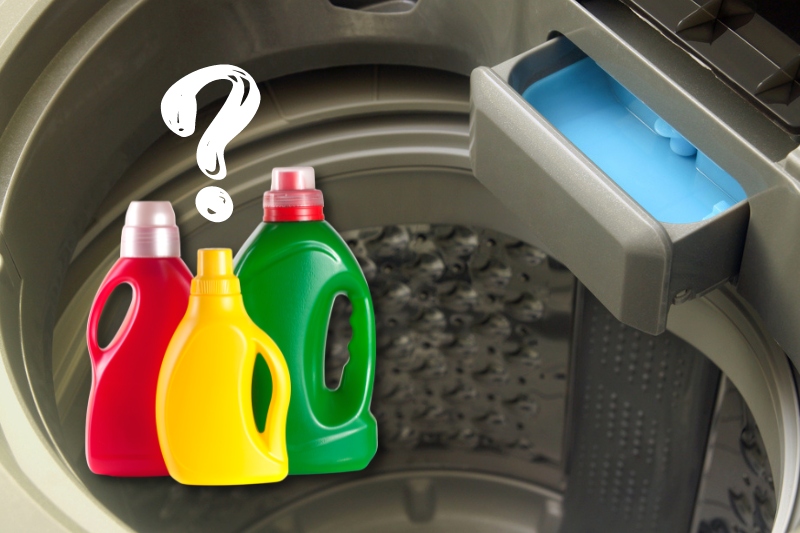
When adding fabric softener to a top-loader machine with no dispenser, open the lid and pour the correct amount of the liquid directly into the drum. Then, close the lid to continue with the rinse cycle.
When adding the fabric softener, try to avoid pouring it directly onto the clothing, as this can cause stains. Instead, aim for the water in the machine’s drum.
Pouring the fabric softener in the water also helps to ensure that it is evenly distributed throughout the machine, working on all garments.
Are There Alternatives to Fabric Softeners?
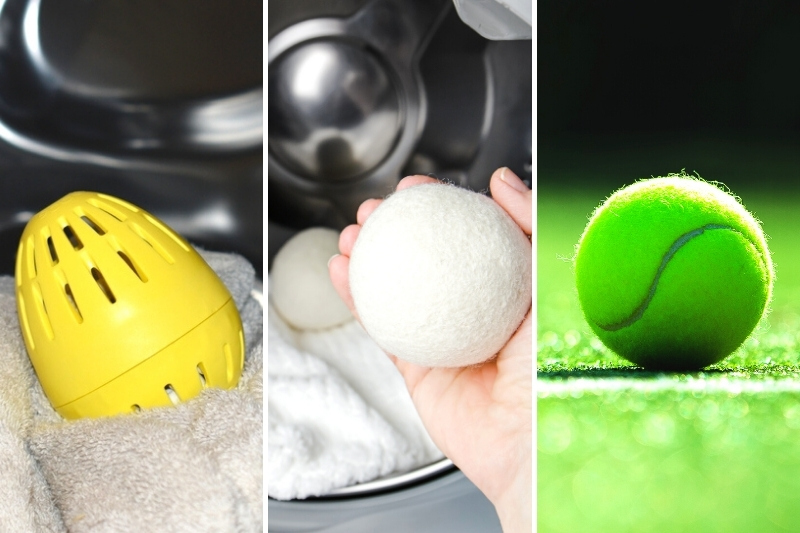
Adding fabric softener if there is no dispenser in your washing machine is straightforward, but it can be a little frustrating.
You have to wait until the correct time to pour it into the drum and must keep an eye on your appliance during the cycle.
Thankfully, there are some alternatives to fabric softeners that can be added at the beginning of the wash cycle or in the tumble dryer that are slightly more convenient:
- Laundry eggs: Laundry eggs such as the Ecoegg are small, plastic, egg-shaped balls that are added at the beginning of the wash cycle. They’re fully recyclable, last multiple washes, and are great for the environment. Throw one in your washing cycle and let it work its magic.
- Dryer balls: Dryer balls come in both plastic and woollen varieties. Rather than adding these to your washing machine, throw them in the tumble dryer. Like fabric softeners, they help to reduce static cling and soften your garments.
- Tennis balls: Tennis balls are another alternative to fabric softener. They work in the tumble dryer identically to dryer balls, and many people already have tennis balls around the home. However, they’re bouncy and should only be used in heavy-duty appliances.

Hannah has a passion for cleaning. She worked her way around Australia by cleaning hostels in exchange for free accommodation and used her cleaning skills to bag a job as a chalet host for a luxury ski company in France.
